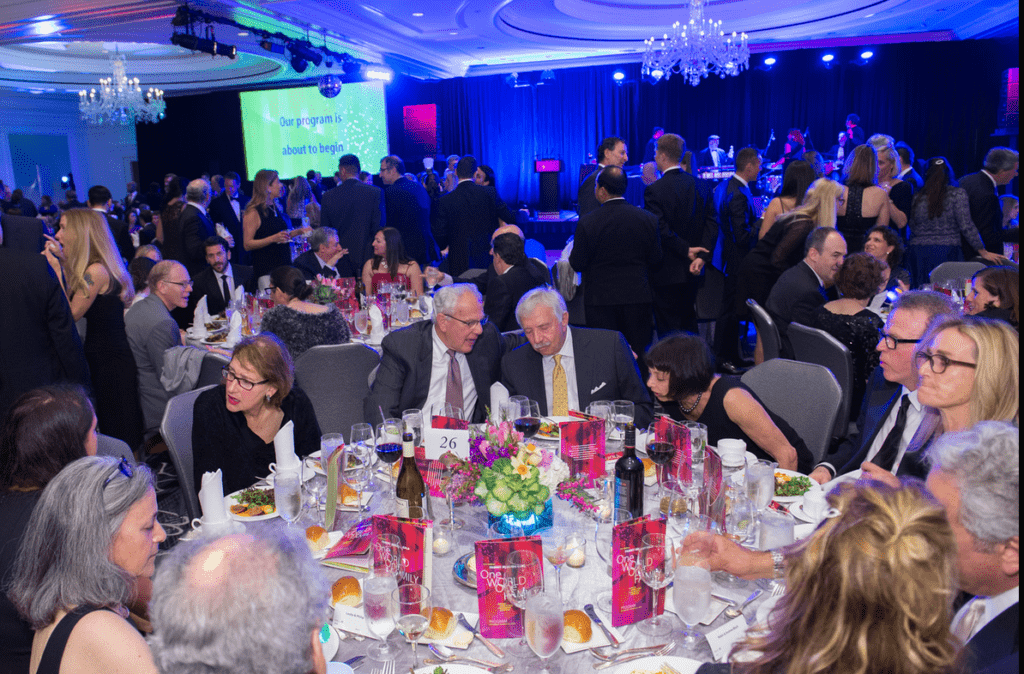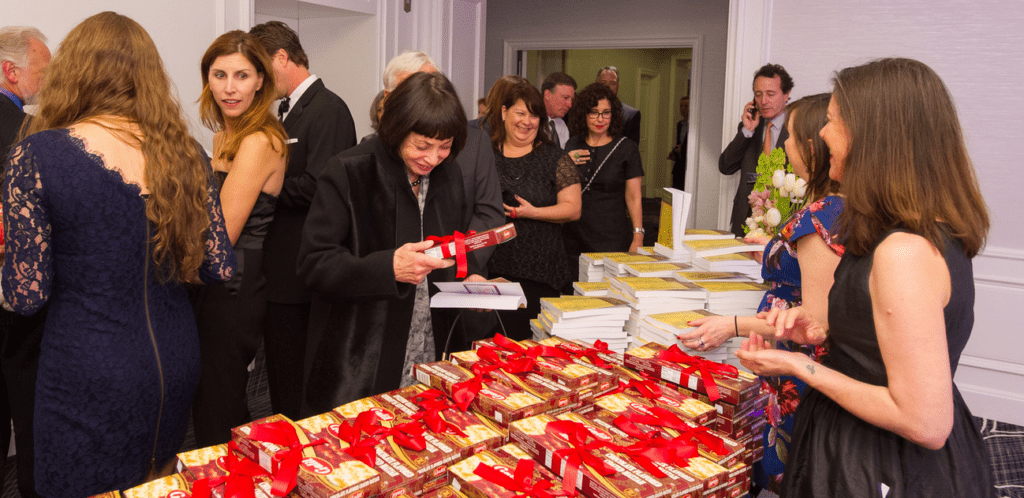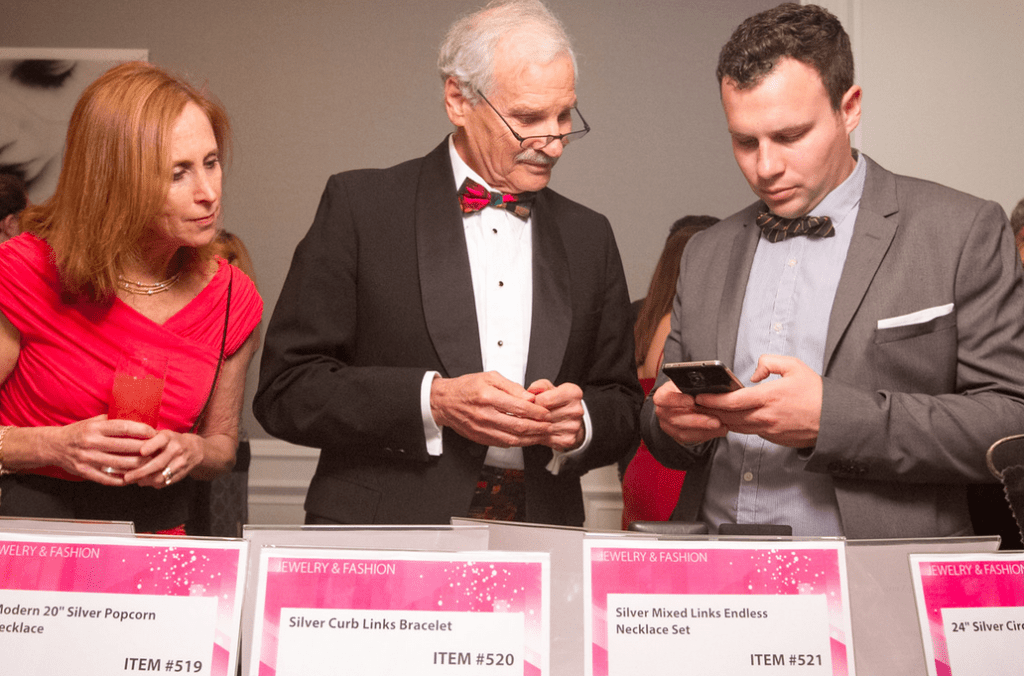
In my last article (Part 1 of a three-part event planning series) I offered a compendium of common sense event planning advice. It centered on the wisdom offered to Alice by the Cheshire Cat when she asked which road she should take:
“Would you tell me, please, which way I ought to go from here?”
“That depends a good deal on where you want to get to,” said the Cat.
“I don’t much care where–” said Alice.
“Then it doesn’t matter which way you go,” said the Cat.— Alice in Wonderland
When it comes to special events, your goal is important.
Once you settle on a direction, then you’re able to pick the best road to take you there.
Hopefully you read the previous article, determined an event was your best strategic option to reach your primary end goal, and now you’re ready to get to work!
4 Top Planning Tips to Invite and Ignite
1. First you want people to come.
This means your invitation to the event should incorporate the following:
(1) READABILITY: To be inviting, begin with your invitation. Make it simple, clear and visually pleasing. Don’t let a designer take charge to the point it’s hard to read.
True story: At one job I came on six weeks before their big fundraising event. The invitations had just been printed. The organization loved them, because they were “beautiful.” Maybe so. But… guess what I noticed right away? The print was a pale gray and pink that was super hard to read. The font size was teeny. And… wait for it… they’d left the name and logo of the organization off the invitation entirely! The function totally got lost in the form!
(2) SHAREABILITY: To attract new supporters, make your invite easy to share with others. Showcase the event on your website, including shareable links on your social platforms of choice. Also send email, text and/or social media invites with links. Ask your supporters to forward to their family, friends and other networks. If you have updates, also share these via multiple channels to build anticipation.
(3) SOCIAL PROOF: To use the event to cultivate major donors, invite them personally. It matters who asks us, and how we’re asked. If someone we know, like or admire personally reaches out to us, we’re more likely to say yes. Social proof is also called the “Yelp principle,” and works as a decision-making shortcut. Ask your board, other donors or volunteers to call potential guests and/or send an email or write a note on their invitation: “This is going to be the best event you’ll ever attend; please say you’ll come!”
(4) SUCH A DEAL: To generate business support and, ultimately, find new individual donors, offer sponsor benefits. Everyone likes a good deal. Among other promotional values, let sponsors know they’ll get 10 tickets to the event included with their sponsorship. Be sure to capture the names and contact information for all table guests so you can message these people personally after the event. Everyone who attends is a potential new prospect, and some of them may turn into individual donors if you pay them some attention.
ATTENDANCE FLEXIBILITY: To broaden support, consider adding the option to join virtually. If you’re spread across a large geographic area, this makes practical sense. And, of course, perceptions of safety are still an issue. Pre-pandemic folks might hesitate if your venue is in a sketchy neighborhood, hard to reach by public transportation or parking options are limited. I once planned an event where the parking garage was close by, but the uphill trek to the venue made it hard for seniors, people with disabilities, or just about anyone in heels to navigate – so we contracted in advance with a van shuttle service. Over the past few years, safety concerns dictated virtual and hybrid events. For some people the pandemic may be “over,” but it wouldn’t hurt to survey your constituents to see how they feel about attending an in-person event. The 2022 Fundraising Event Experience Report by Classy found (1) 26% attended events in person; (2) 21% attended virtually when this was the only option; (3) 20% attended in person when the event was hybrid; (4) 15% attended hybrid events from home, and (5) 19% did not attend any events during the pandemic. Authors suggested the flexibility of multiple attendance options attracts supporters; 35% of respondents attended fundraising events that gave them the option to participate in-person or virtually.
2. Next you want people to enjoy.
People will forget what you said, people will forget what you did, but people will never forget how you made them feel.
– Maya Angelou
(1) BUILD A POSITIVE, MEMORABLE EXPERIENCE: To make guests feel great, pay attention to every event element and every minute they will be there. Alas, many events are just boring – the equivalent of a brochure on a dinner plate. Guests sit, endure some speeches, and leave. There may be a moment or two of enjoyment, but the overall take-away is “I did my duty by attending.”
(2) CREATE GREAT FIRST AND LAST IMPRESSIONS: To put guests in a receptive mindset give them the equivalent of rose-colored glasses when they arrive. Because folks will carry this outlook throughout the rest of the event. Do the same when they leave, by closing the event with something spectacular or simply giving lovely take-home gifts. [In Part 3 of this three-part event series I’ll delve deeper into things I have done to wow event attendees, coming and going,]

3. Then you want people to engage and invest.
(1) DELIVER AN UNFORGETTABLE EXPERIENCE: To get attention, consider what will spark joy for your guests. Might they like to take photos with their significant other or friends? Would a time to mingle, with appetizers and an open bar thrown in, be fun? If they don’t know anyone, might you assign someone to take them under their wing? Could you seat them at a table with folks they’d enjoy? Would it be fun to have a band with danceable music?
(2) FILL YOUR EVENT WITH ENGAGEMENT OPPORTUNITIES: To keep attention, consider the actions your guests might want to take. Would a silent auction or raffle be fun, and also bring in added revenues? Would a special dessert buffet, and another opportunity to mingle, be appreciated? Would it be interesting to showcase volunteer opportunities with which they might become involved? After your program, could you offer a feel-good text-to-donate opportunity? Remember, your goal is for attendees to enjoy, rather than endure.
(3) BUILD A CULTURE OF PHILANTHROPY: To receive donor love, come from a place of love. Just as you would do if you were hosting family and friends at your home, consider every detail that will make your guests feel welcome, comfortable, inspired, entertained and generally very happy they were part of this occasion. And, of course, you want them to feel they contributed to something meaningful, powerful and larger than themselves. That’s what will keep folks connected to you, not just for this one event but tomorrow, next year and the years after that.

4. Then you want people to keep engaging and investing after the event has concluded.
(1) FOLLOW UP WITH EVERY GUEST: To keep the joy flowing, plan ahead to engage with event attendees on a regular basis. They’ll have received a feel good jolt of dopamine from giving and/or contemplating giving at the event, but this “warm glow” won’t last unless you fan the flames. So plan ahead to include these folks in your year-round, multi-channel messaging.
(2) BE AS PERSONAL AS POSSIBLE: To turn transactions into transformation, endeavor to build a relationship. It turns out the human brain is also wired for human attention and interaction. So don’t be shy. People actually expect to hear from you and, when they don’t, the whole experience will rapidly fade away. Why bother with the drama of an event if you don’t follow through with the drama of donor cultivation?
Meanwhile… if you want to assure you get these tips and many more…
 Please consider enrolling in Clairification School. You’ll receive all my original articles direct to your inbox weekly. You can access all my webinars and podcasts. I’ll send you Monthly Tips. I’ll give you bonuses — I love presents! And you’ll get all sorts of discounts and other surprises. Plus I’m available to answer quick email questions — all for just $100 for a full 12 months.
Please consider enrolling in Clairification School. You’ll receive all my original articles direct to your inbox weekly. You can access all my webinars and podcasts. I’ll send you Monthly Tips. I’ll give you bonuses — I love presents! And you’ll get all sorts of discounts and other surprises. Plus I’m available to answer quick email questions — all for just $100 for a full 12 months.
As one of my students wrote to me: “This is the best bargain in fundraising.”
Your support means the world, and I promise to have your back.





